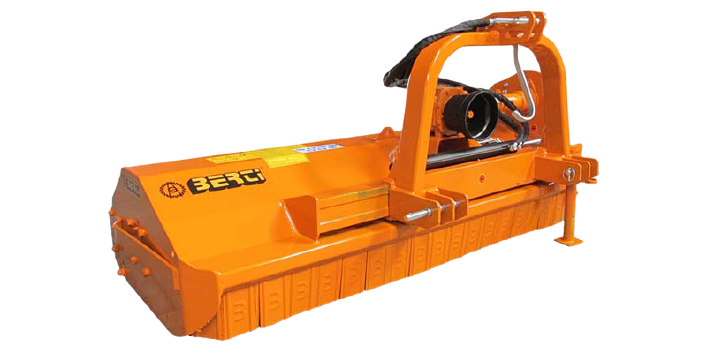There are a variety of factors that are taken into account when choosing a slurry tanker and one can feel overwhelmed when choosing one when there is an array of models, makes, and accessories involved.
Slurry tankers are best if you want to spread
effluent nutrients over the farm. There are a lot of different things that you
will need to keep in mind before you choose the right make and model to suit
your needs. FarmGard NZ stock a variety of Abbey tanks that could be perfect
for your needs, however, it’s important to have a solid understanding of your
requirements to ensure you end up with the perfect piece of equipment.
In this blog, we’ll take you through a guide on how
to choose the right tank for the task.
One of the most important things that you should
consider in the tanker is the size. Generally speaking, the bigger the better;
you don’t need to be conservative when it comes to this feature. So, how can
you choose the right size? Well, it depends on four factors that are discussed
below:
Tractor Size
The size of the tractor will determine how much
much is safe to pull. Generally, you should be able to handle at least 100L per
HP. This is just a general guideline and factor that needs to be considered.
Note down your requirements and continue reading to learn about the other
factors that need to be considered such as braking axles on the tanker and
topography.
Topography
If you live in a hilly area, you should first
consider the safety and risk of rollover. Due to hilly landscapes, the liquid
tends to move from side to side, this means stability becomes vital as do the
brakes! If gravity is greater, you should go for a smaller size. However, for
flatlands, a larger sized tanker is a safe option.
Infrastructure
Small farms have smaller gateways and narrower
races which can potentially limit the size of the tanker you can opt for.
However, if you have good driving skills and good steering axles, this might
not be an issue for you but for seasonal and less experienced drivers, this is
something to be considered.
Moreover, anyone with advanced tractor skills can
easily handle the job and reap all benefits of owning a slurry tanking.
Furthermore, bear in mind that not only gateways
and tracks are needed to be considered, your farm sizes, the quantity of
effluent disposal to be shifted and the amount of storage are all factors that hold
great importance. In terms of both labour and cost efficiency, the fewer trips
you need to make the better.
Investment
While the investment cost is important, it’s more
important to first determine the size of the tanker you really need to make the
most of the investment. Getting the right size can end up saving you time and
money, where getting something too small can end up costing more in labour and
maintenance. More loads = more time + higher wear and tear. It should
also be noted that the running costs of a slurry tanker are generally about the
same regardless of size.

